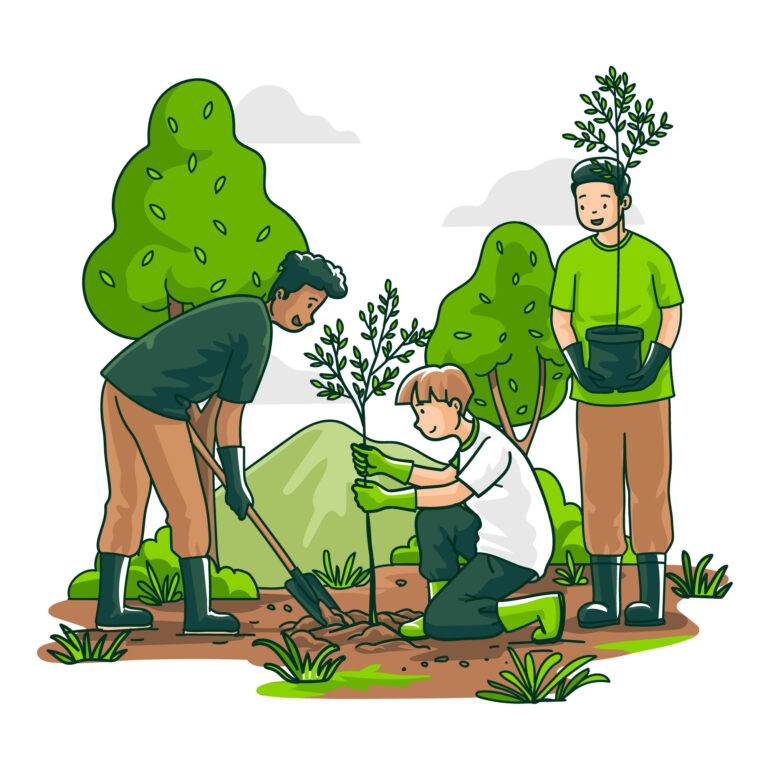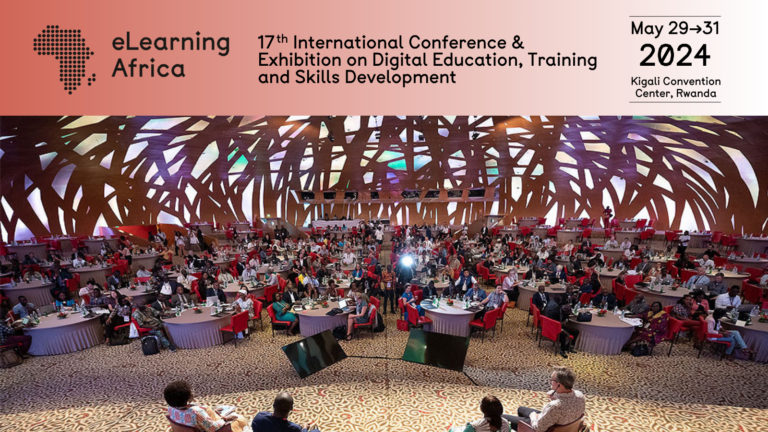Guardians of the Forest: How Community Forestry Saves the Maya Biosphere Reserve
Imagine a secret paradise with vast expanses of jungle, historic Mayan ruins that whisper ancient tales, and villages that coexist peacefully with their surroundings. In Guatemala’s Maya Biosphere Reserve (MBR), this is becoming a reality because of a novel strategy called community forestry.
Gone is the traditional model of protected areas guarded by fences and regulations. since the 1990s, in the MBR, the Government has granted ten community forest concessions to local communities for 25 years, of which 9 are active even today. They currently cover approximately 350,000 hectares of the forests. A Community Forest Enterprise (CFE) operates these concessions in accordance to the Forest Stewardship Council (FSC) Standards. The outcomes are remarkable: almost no deforestation, flourishing communities, and a resurgence of optimism for the future.
But how does it work?
From Chopping Down to Nurturing Growth:
Before the availability of concessions, deforestation gnawed at the MBR’s heart. Communities, often struggling with poverty, resorted to unsustainable practices just to survive. The Rainforest Alliance, an environmental NGO, saw an opportunity to empower the communities to become stewards of the forest instead of its destroyers.
Through concessions deforestation has been reduced, as communities follow different sustainability measures like harvesting less than 1 tree per hectare. The concessions also allow communities the authority to responsibly produce revenue from the ethical harvesting of timber and non-timber forest products (NTFPs), such as decorative ferns like Xate and Ramón nuts.
The Numbers Tell the Story:
The impact is undeniable. Deforestation that is rampant elsewhere in the region, has been near-zero in areas with concessions, and has maintained 70% of its conservation state. Communities are no longer driven by desperation but sustainable practices. Women, traditionally marginalized, now hold leadership positions and manage income-generating activities. The programme, since inception, has created over 9,000 jobs and generated good revenue.
The advantages go well beyond the forest. Concessions have much lower rates of poverty than the national norm. Thanks to scholarships paid for by forest profits, kids can attend school. Infrastructure developed by the community drives improvements in healthcare. Where despair once reigned, hope now flourishes.
Sustainable Harvesting, Thriving Ecosystems:
Concessions, however, aren’t free for all; they operate under strict Forest Stewardship Council (FSC) standards, ensuring responsible harvesting and long-term forest health. Mature trees are the only ones that are removed selectively, leaving others to grow. Protected are a variety of species, and regeneration is actively promoted.
This initiative’s success depends on more than just following the rules. The forests have a strong bond with the communities since they are passed down through the generations. Here, scientific methods and ancient wisdom combine to create a comprehensive approach to forest management.
Women Rise, Forests Thrive:
Community forestry aims to promote humankind rather than only produce wood. Here women are at the forefront, managing cooperatives, leading businesses, and working with NTFPs. By raising the value of forest products, they improve the standard of living and financial independence for themselves and their families. Grecia Magdalena López, the president of the Ramón Nut Value Chain Committee, is proof of this change. Once, the nut wasn’t worth anything, today women are now able to turn it into flour, raising the price and bolstering local economies, because of collaboration and training.
A Model for the Future:
The MBR’s success story isn’t confined within its borders. It’s a beacon of hope, demonstrating the power of community-based conservation. Two new concessions have been created, and the government has extended existing ones, recognizing the model’s potential. Beyond Guatemala, communities worldwide are finding inspiration in the MBR. From Nepal to Indonesia, similar initiatives are taking root, offering a path towards sustainable development and empowered communities.
Join the Movement:
The fight for our planet’s future can’t be won by governments alone. We, as individuals, can be catalysts for change. Support organizations like the Rainforest Alliance working on community forestry projects. Raise awareness about this inspiring model. Make conscious choices – source FSC-certified wood products and support businesses that empower communities.
Remember, the fate of the Maya Biosphere Reserve, and countless other ecosystems, rests not just in the hands of distant authorities, but in the hearts and hands of communities like those in the MBR, proving that when empowered individuals become guardians of their environment, making it a win for all.
References:
- Rainforest Alliance. Rainforest-alliance.org
- Specific example of community benefits (building school): Smith, Jane. “Building a Brighter Future: How Community Forestry Empowers the Maya Biosphere Reserve.” The Guardian, 2023
- Article about community-based conservation efforts: Jones, David. “From Guardians to Stewards: Empowering Communities for Conservation.” National Geographic, 2022.
Published on April 8, 2024.
Stay tuned for new blogs every Monday!
Follow the iMPACT Magazine on social media for more informative content.






